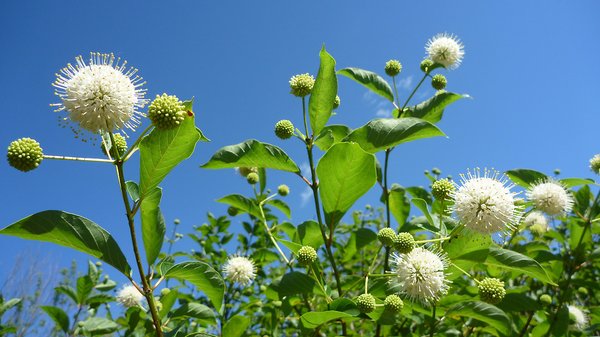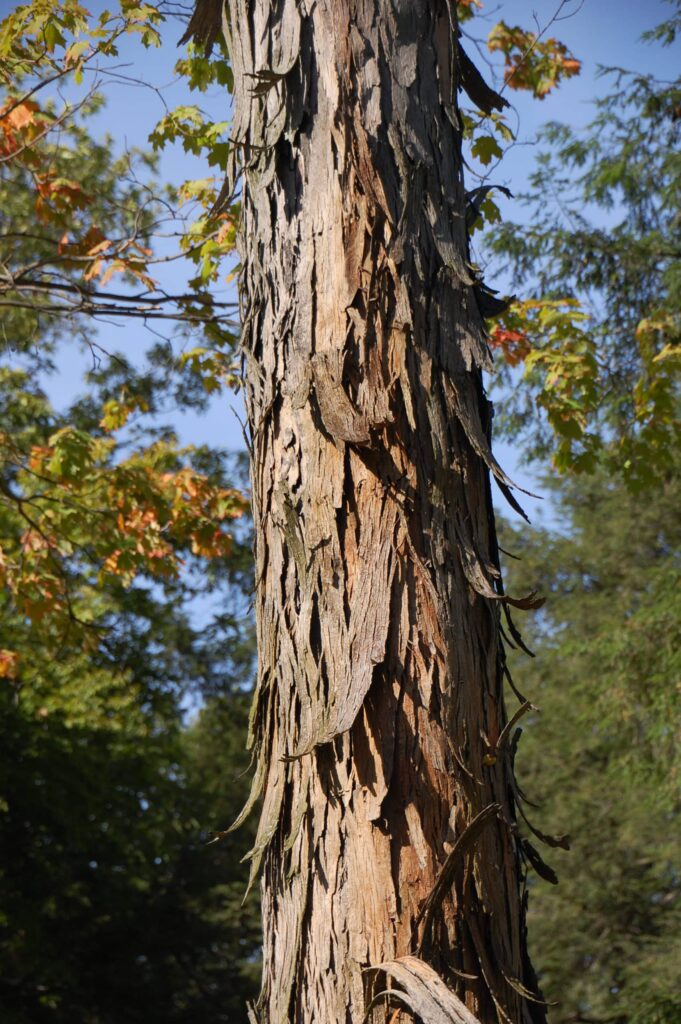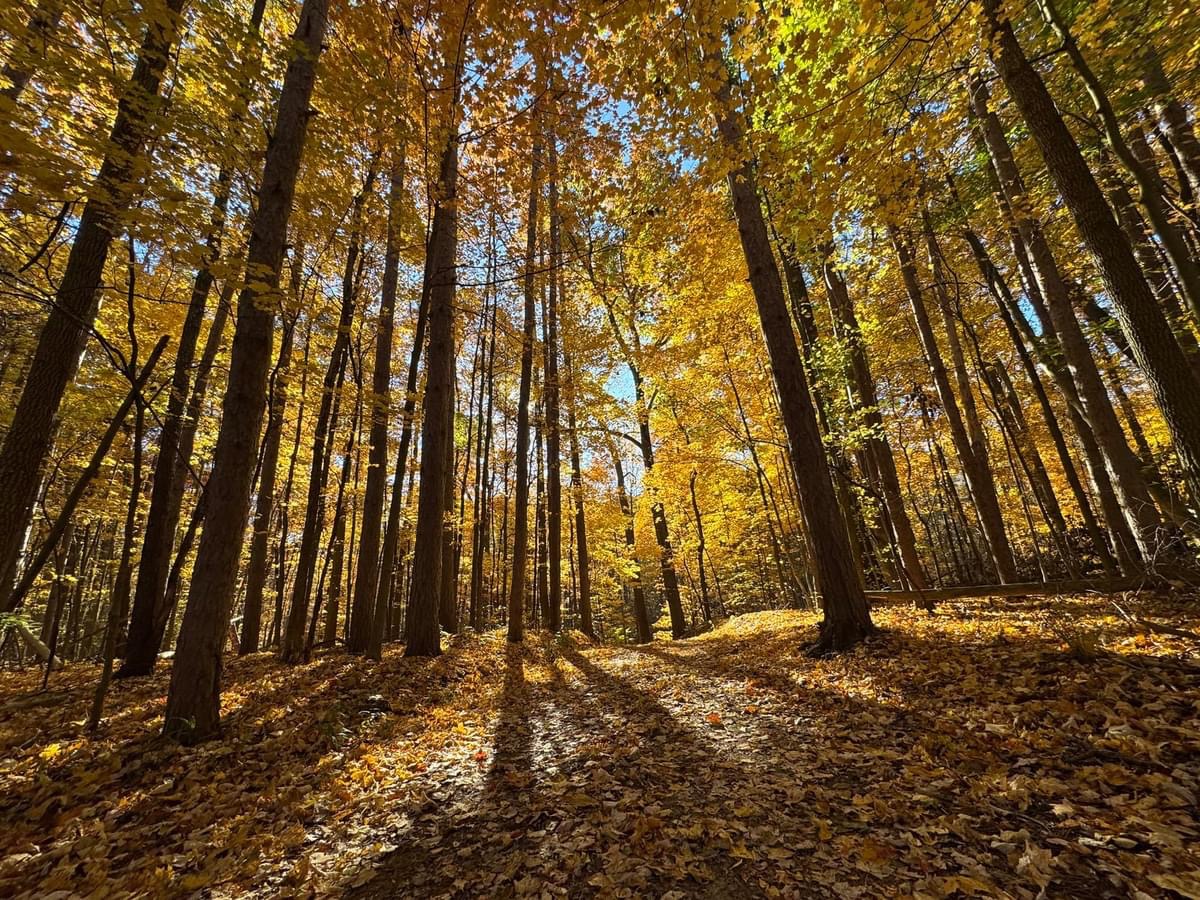Winnakee Protects 206 New Acres of Important Wildlife Habitat
“Both properties contain vulnerable ecological assets that provide habitat for known at risk species. By protecting and preserving threatened natural habitats and vulnerable watersheds, these acquisitions help advance key aspects of Winnakee’s strategic conservation goals to help reverse populations of declining species and to increase biodiversity in our region.”
–Bob Davis, Executive Director
153.1-ACRE HIGH VALUE CONSERVATION LANDS PROTECTED IN PERPUTUITY IN STANFORD
In October, Winnakee purchased 153.1 acres of high value conservation lands that safeguard a New York protected wetland and an intact forest located within The Berkshire Wildlife Linkage Zone, an essential forest corridor for wildlife movement between the Hudson River Valley and the Berkshires.
“By securing this land, Winnakee is helping to preserve an important piece of the landscape that supports biodiversity and fosters connectivity for species that rely on large, uninterrupted habitats,” said Executive Director Bob Davis. “The Berkshire Wildlife Linkage area is the most intact forest ecosystem in southern New York and part of an irreplaceable linkage zone across Southern New England with some of the highest concentrations of complex and varied wildlife habitats.”
The property, tentatively to be called Orchard Hill, is also situated within the second largest patch of forest in the Town of Stanford. “As forest habitats become increasingly fragmented, preserving intact areas like this one is critical to ensuring the survival of species that depend on these environments,” said Laura O’Brien, Land Protection Manager. “Large, forested areas like this one are vital for a variety of wildlife species, offering shelter, food, and migration routes.
“Conversely,” O’Brien noted, “the fragmentation of forestland into smaller parcels due to development or the construction of new roads increases the forest’s vulnerability to non-native invasive plant species, over browsing by white tailed deer, and overall degradation of forest health.”
The forestland on this now-protected property has been assessed in the top 20% for priority protection in the Hudson Valley, according to The New York Natural Heritage Program Hudson Valley Forest Patch Assessment, which considers forest characteristics such as size, fragmentation, habitat connectivity, environmental stressors, and carbon sequestration rates. Moving forward, Winnakee’s active stewardship model to sustainably manage the land will further enhance its ecological health and resilience.
Other significant ecological assets of the site include approximately 15.22 acres of freshwater forested/shrub wetland that is regulated by the New York Department of Environmental Conservation as a Class III wetland. A Hudsonia report of Significant Habitats in the Town of Stanford also identified a small buttonbush pool on the property that Winnakee will be monitoring for threatened turtle species that are expected to be present.

The property will be retained and managed by Winnakee in perpetuity as a wildlife conservation area with planned public nature trails in the coming years. “Winnakee is ensuring that this important land will remain preserved for generations to come, benefiting both wildlife and the surrounding communities,” said Davis.
This acquisition was made possible by a generous $1.7MM grant from a Donor Advised Fund managed by Fidelity Charitable, as directed by an anonymous Winnakee supporter.
53-ACRE CONSERVATION EASEMENT IN PLEASANT VALLEY
Winnakee has increased protection of valuable wildlife habitat with its recent conservation easement on a 53-acre parcel in the Town of Pleasant Valley. This easement focuses on preserving key habitats for several at-risk species.
The property’s upland forest contains mature shagbark hickories, which provide great roosting habitats for vulnerable bats species. The ongoing challenges posed by White Nose Syndrome, a fungal disease that has devastated bat populations, make these habitats particularly valuable.

In addition to the forest, the property also includes a perennial, Class B trout stream that feeds into Wappinger Creek, along with a protected wooded swamp. These habitats are crucial for species such as wood turtles, a New York State Species of Special Concern. The site is also home to the Troublesome sedge, a regionally rare plant species that is threatened in New York State.
The forested areas on the property are also important for migratory songbirds, and several bird species classified as New York State Species of Greatest Conservation Need, such as the American Woodcock, have already been observed.


These species rely on such habitats for nesting and foraging, making the site an important resource for local biodiversity.
Executive Director Bob Davis highlighted, “This easement advances Winnakee’s conservation goals to increase holdings of high-value conservation lands and local forest that address habitat loss for rare and threatened species, and out commitment to increasing biodiversity in our region.”

